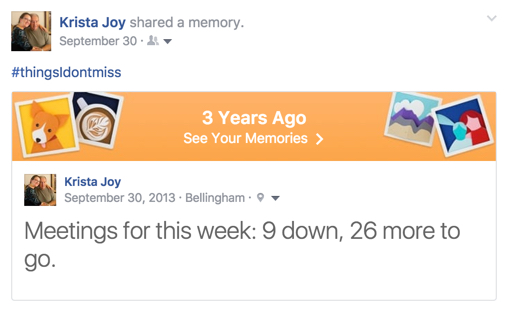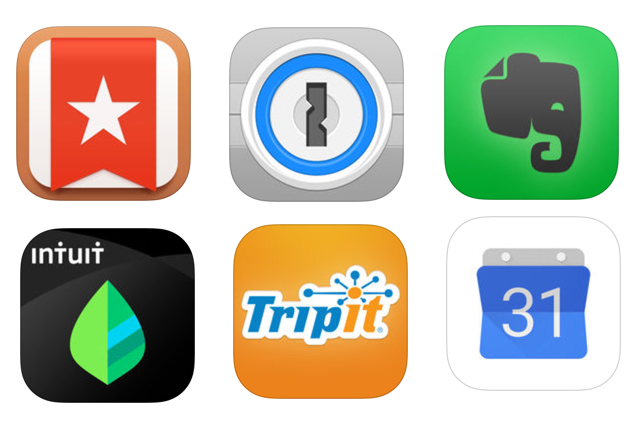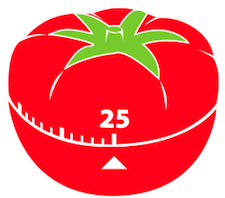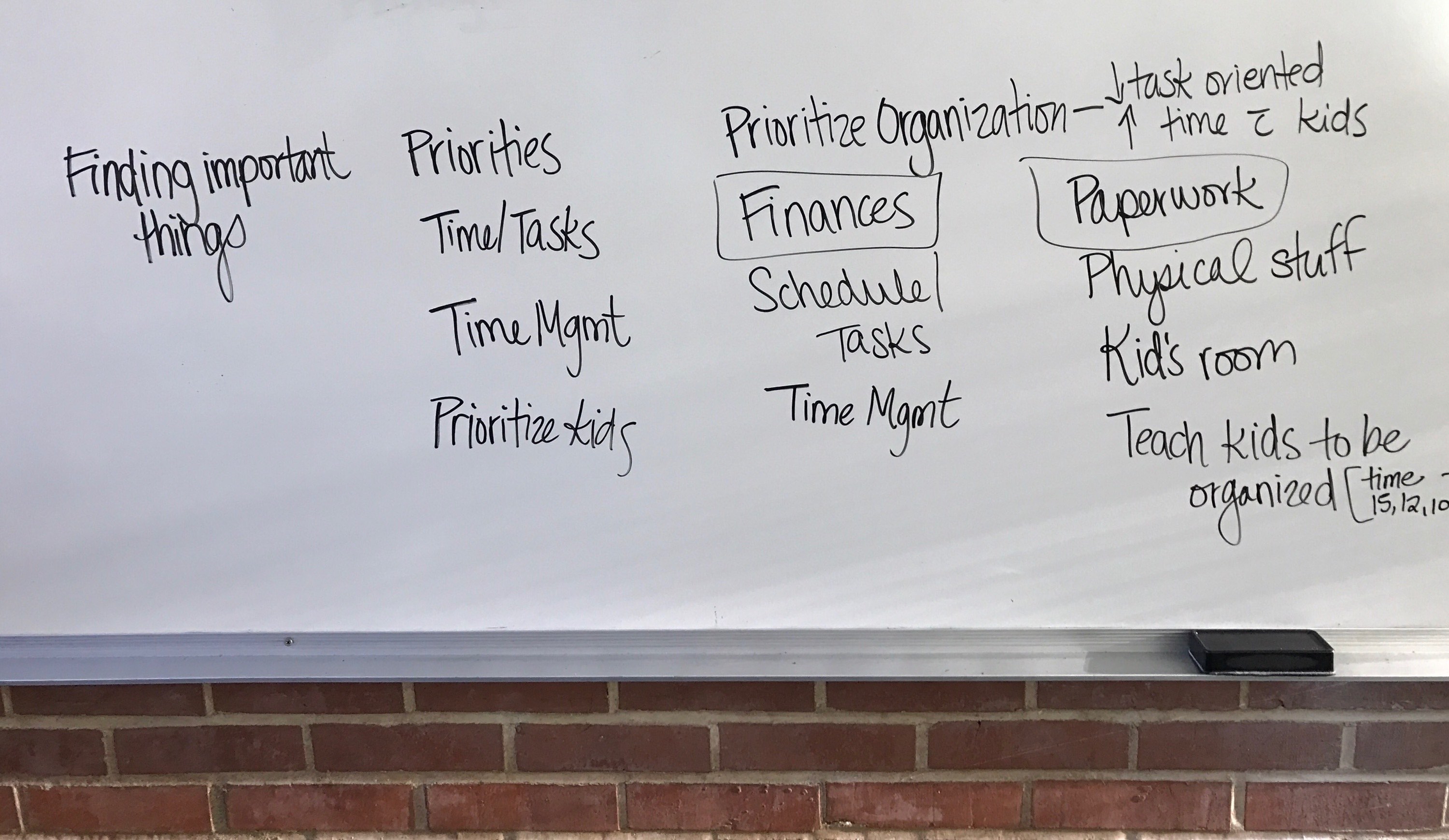-
How to save for expected expenses
Have you ever been doing a great job sticking to your budget and then your auto license renews and you need a smog check and neither of those items is on your monthly budget? It can throw all your financial progress out of wack. However, these are perfect examples of irregular, but expected expenses. When […]
-
Effective meetings & effective note-taking

This is the last post in my series on organization. Meetings may not be something that you immediately tie to being organized, but I’m including it because meetings can be either a huge time suck or a useful tool in creating organization among a group of people. And I can’t talk about meetings without talking […]
-
Don’t let papers over-run your life: file organization

Filing is the bane of my existence. I know some organization-lovers who enjoy the process of alphabetizing, but I’m not one of them. I wished I never had to file another piece of a paper, but the truth is I have important documents that I need to be able to find when I need them. […]
-
Organization apps; Feel more in control of your life

This post is a continuation of my series on organization. I’ve been an organization nerd since childhood. When asked what I wanted as a gift, I’d tell people I wanted office supplies so I could “play office.” Now, instead of excitement about new office supplies, I get excited about trying out new productivity apps and […]
-
Getting stuff done: how to organize tasks and stay focused

This is the second post in my series on getting organized. Today we’re focusing on how to prioritize tasks and stay focused until they’re finished. #1 Use a system that reminds you I’m a huge fan of Getting Things Done (GTD). To get a feel for the concept behind GTD, ask yourself, “Does my brain consistently remind […]
-
Organization tips and tricks

I was recently asked to lead a workshop about organizing. As a self-professed “organization nerd,” I’ve discovered that organization is really about doing whatever works best for you. I see organizing as small adjustments that help people feel like they have a little more power over their physical space and time. So instead of lecturing […]